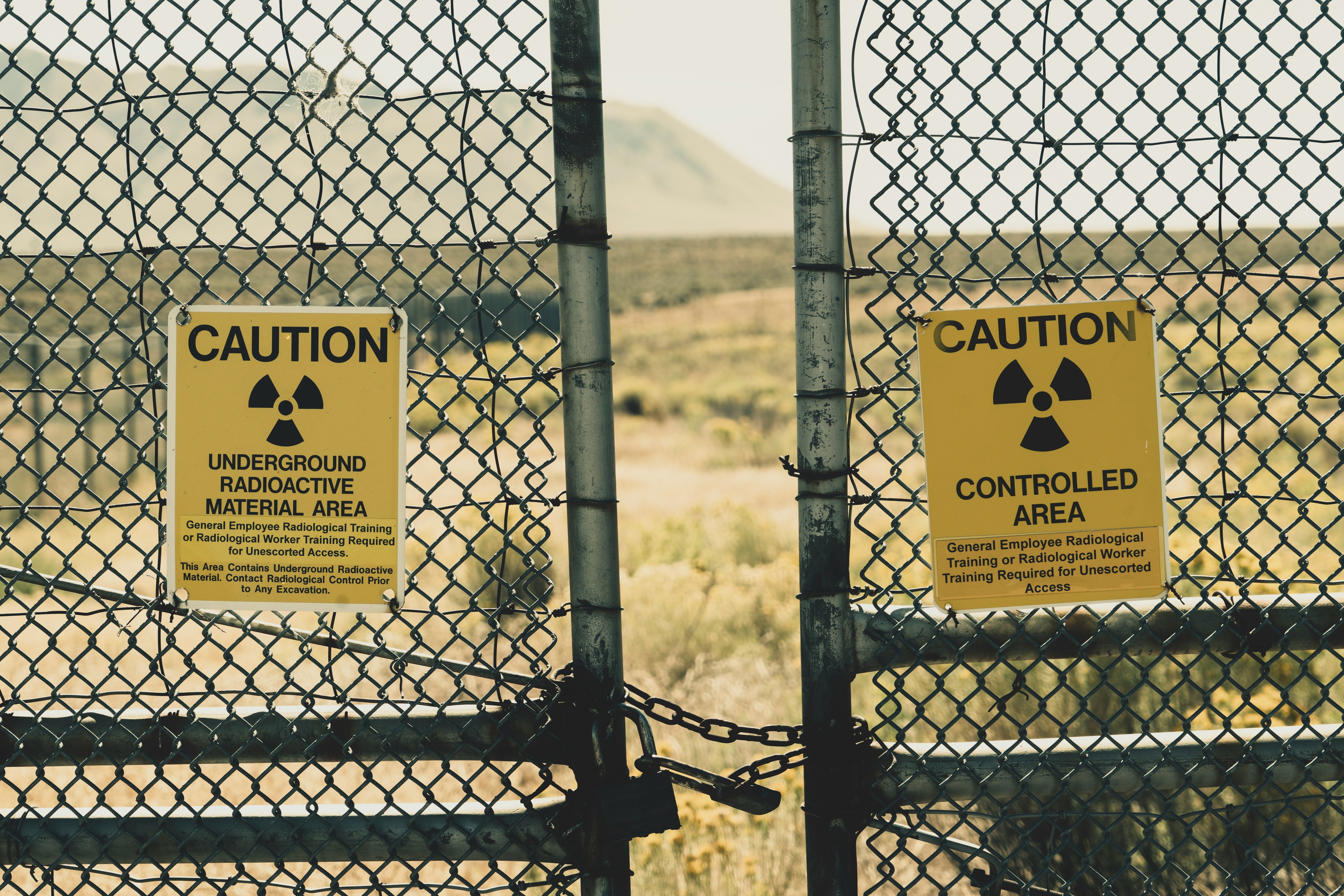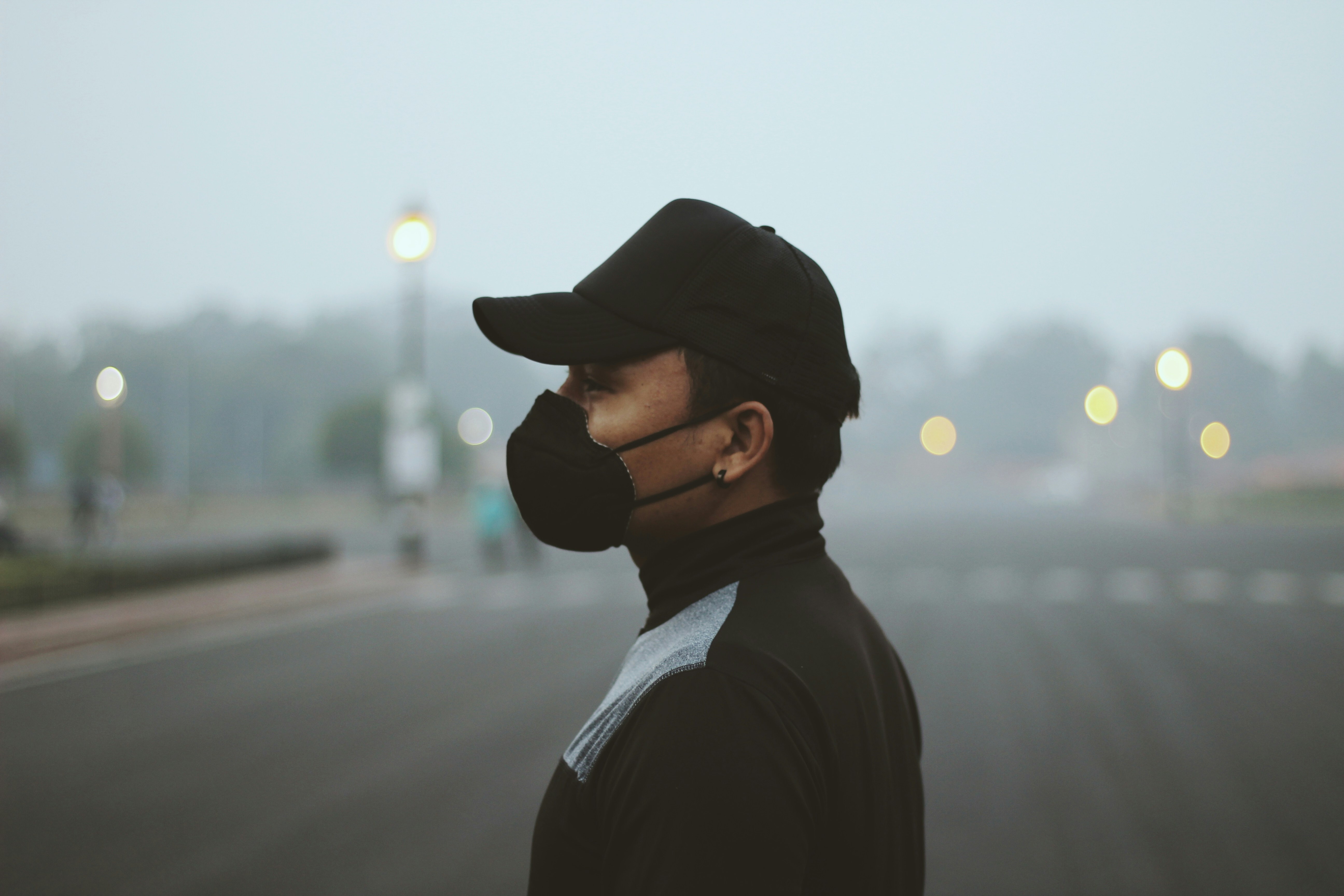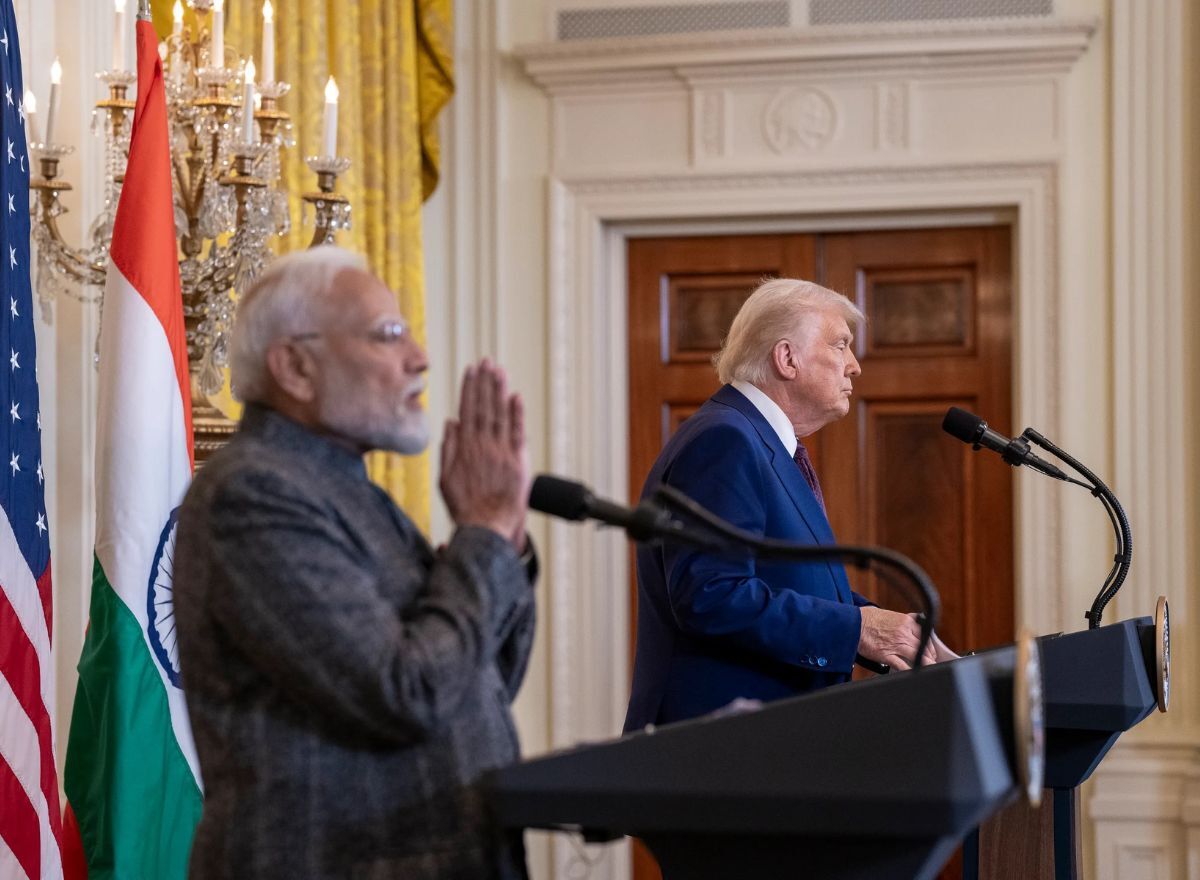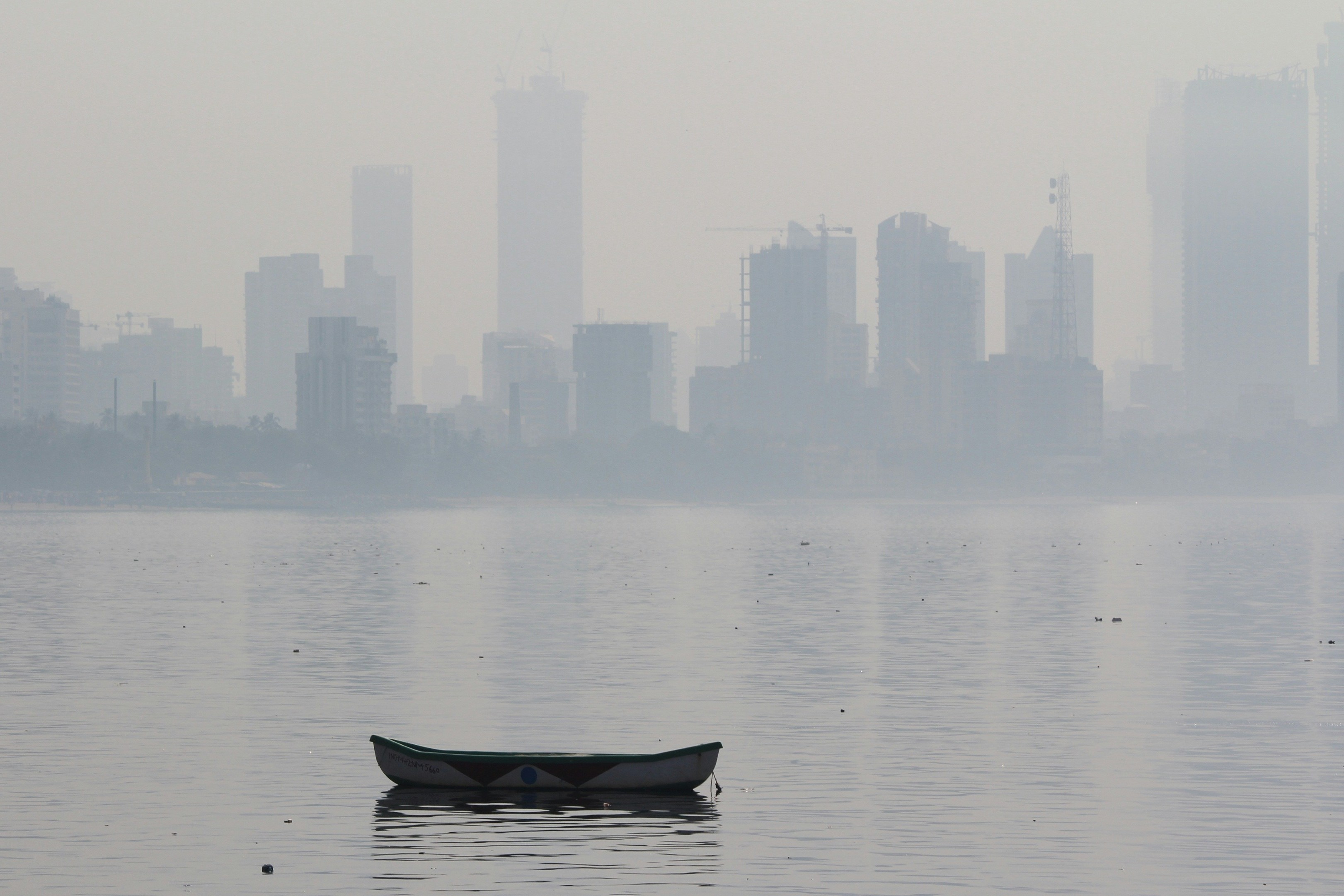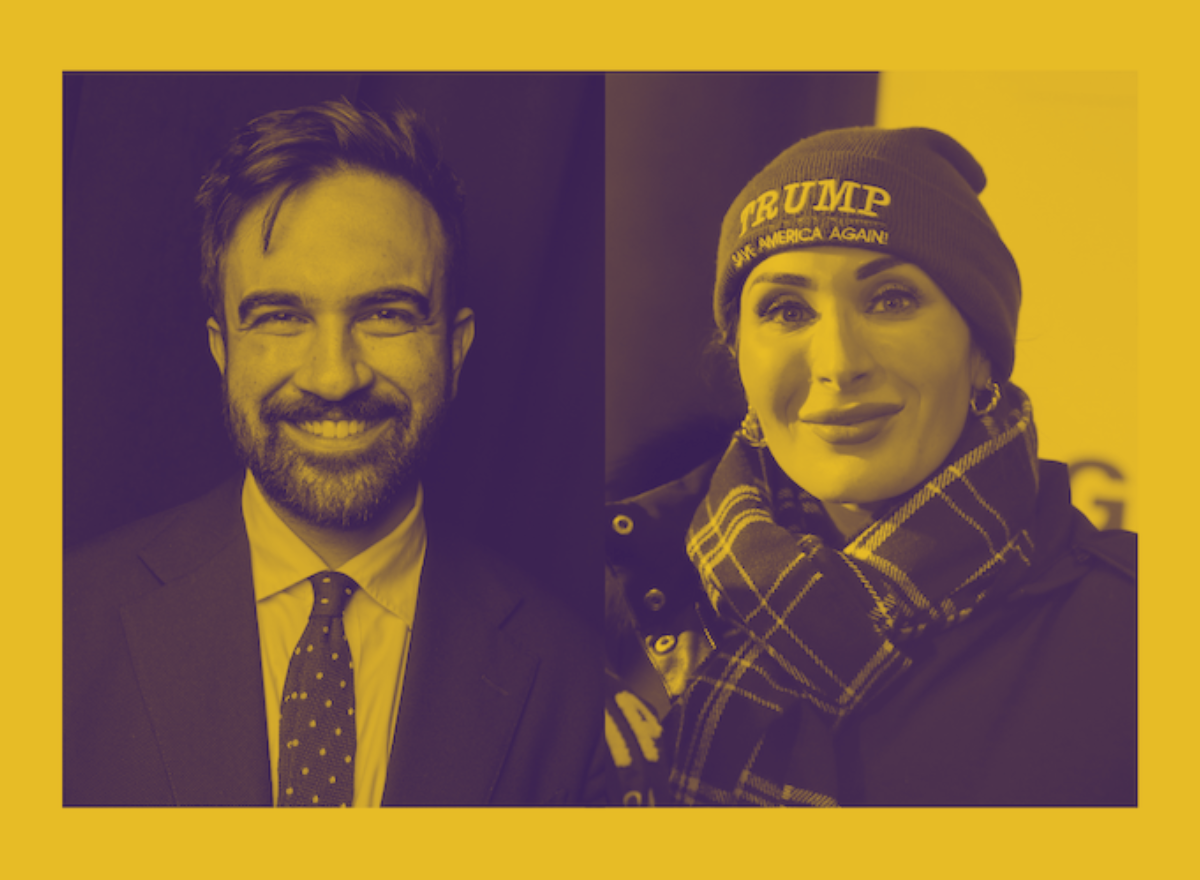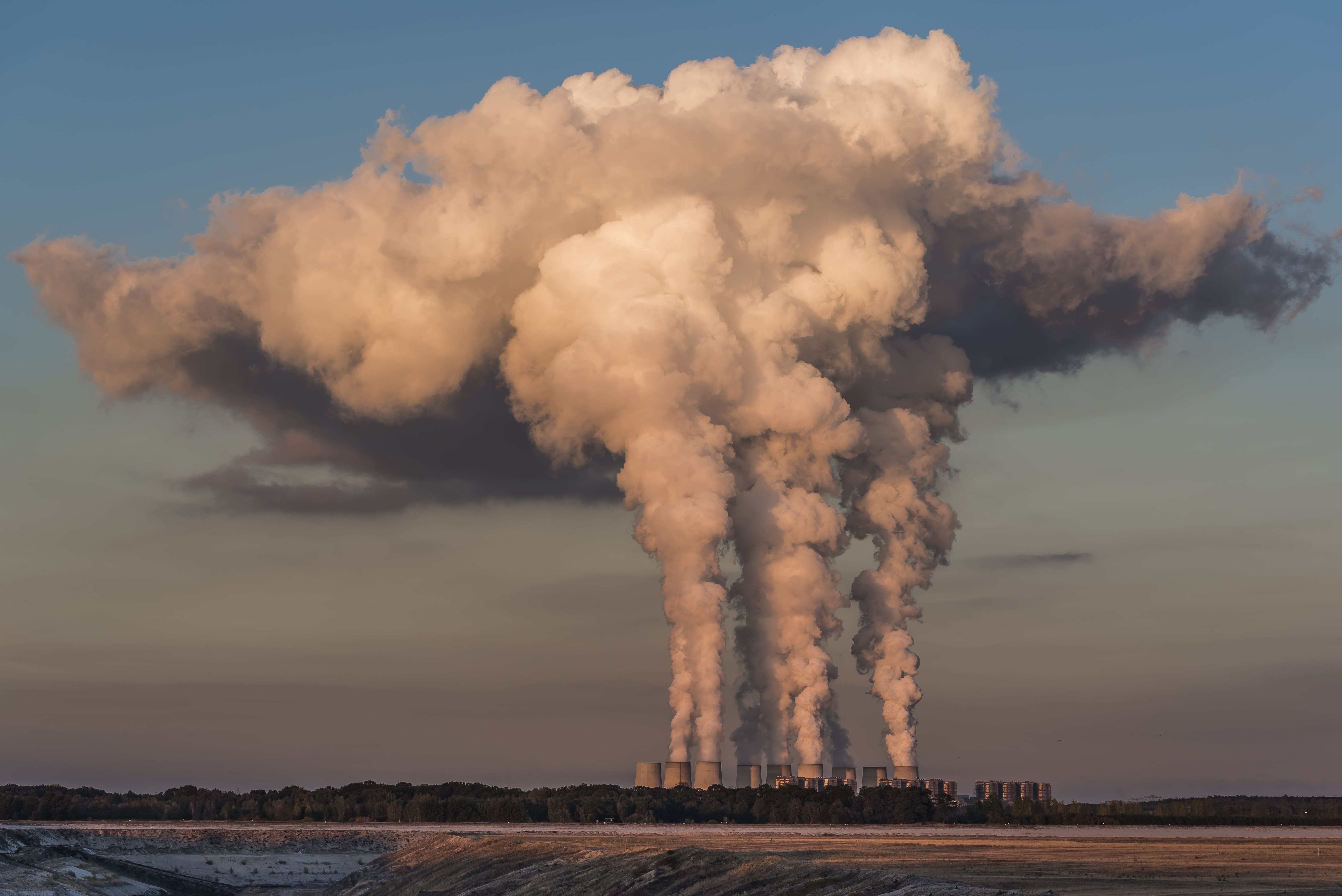The other pandemic that’s keeping Indians awake
COVID-19 and the ensuing lockdown is affecting the way Indians sleep. The repercussions are far-reaching and frightening.

Why read this story?
Editor's note: It was sometime in 1916, in an Austria ravaged by World War I and living in the looming shadow of one of the world’s worst pandemics, that a neurophysiologist stumbled on the secret of sleep. His name was Constantin von Economo, and he’d noticed an influx of patients with uncontrollable lethargy and abnormal muscle movements. It was the era of the Spanish flu (which started in 1916, not 1918 as believed) but that wasn’t the illness to blame. The patients von Economo observed at the Vienna General Hospital had unique symptoms: an overwhelming need for constant sleep that stretched to weeks, months, even years. Then there were others wracked with night-time insomnia and daytime sleepiness. This “sleepy sickness”, as it was known, coincided with the Spanish flu pandemic. It affected five million people, including Europe-stationed Indian soldiers who served in the British Army. It sneaked into military barracks in the Andaman islands and in Karachi. Spanish flu may have been deadlier, but sleepy sickness was no atomweight. It had a body count of 1.6 million, enough to be considered a …
More in Chaos
You may also like
On air pollution, power producers get a hall pass
India has rolled back rules that require thermal power plants to install equipment to cut sulphur dioxide emissions, marking yet another failure in the fight against air pollution.
Karan Bajaj, the serial startup hustler, is back
The guy who preyed on your insecurities and sold coding classes for your kids is back to help your loved ones fight cancer. Don’t say we did not warn you.
Can magnesium tablets reduce stress and help you sleep better?
Magnesium supplements have been around for centuries but they have become increasingly popular in recent years.
